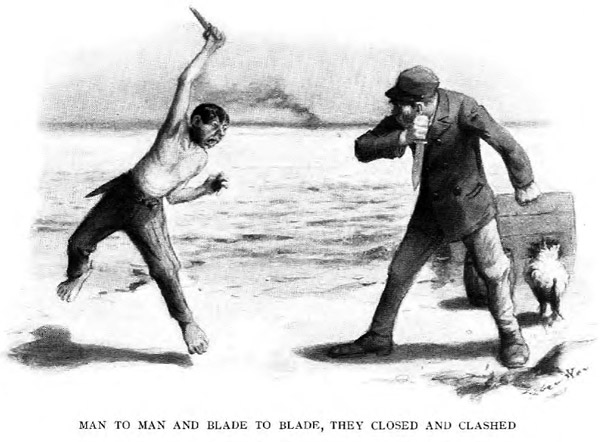
Most of us think of numbers as describing quantities, and nothing more. Four is more than three; case closed. However, numbers have aesthetic qualities, too. There’s a reason an estimated two-thirds of items on retail shelves have prices ending in nine. It’s good for sales. Researchers have known about this nine-ending effect for nearly 80 years. Many theorize that such numbers simply look smaller to buyers, especially in cases where the far-left digit is reduced ($2.99). Of course, the appearance of cheapness can backfire. Upscale restaurants should sell the wild boar ravioli for $18, never $17.99. (Ideally, they should banish dollar signs from the menu, too.)
Wal-Mart (WMT: 54.52, +0.13, +0.23%) seems not to play by these rules. For example, a recent look at personal care products listed on its web?site showed a razor for $6.47, a hairbrush for $5.88 and a nose hair trimmer for $11.86. Why do the prices at America’s largest company by revenue look so precise?–“Selling a House? Try to Avoid Zeros,” Jack Hough, SmartMoney
Can you kill a terrorist who never lived? (you can if you’re America);
can you avoid paying your bills? (only if you’re a city we’re all supposed to love for its gumbo, jazz, and catastrophic weather);
can you answer your own door, accept your own packages, and–heaven help us–hail your own taxis? (look deep inside, New Yorker–you probably can’t)
Early America was alive with a conversation about how knowledge could be shaped into science and the expansion of welfare—a drive for usefulness that, while owing some inheritance to Britain, found a uniquely American expression. Without a culture of the state directing life, the field was open to anyone who sought to bring his wits to bear on solving problems that could improve the human condition. Thus, there was never any question about the democratization of science and know-how in the new nation. The haughty redoubts of European academies, guarding old knowledge and monitoring the new, never truly emerged in early America in part because they offended the notion that anyone was free to contribute. —“Made in America,” Carl J. Schramm, The National Interest
Feel free to spew your ether-venom: “it’s a sickness folks. Its name is the Internet. You have it, too”; go right ahead and heckle the president, homosexual or otherwise; who isn’t doing it these days?
move on from your sexual transgressions, QB, you’re rich enough no one will care
There is a moment in the life of Rimbaud when he comes to realize that he is a poet, but that it is not his fault. He writes: “It is wrong to say, ‘I think.’ One has to say, ‘I am thought.’ I is another. Too bad for the wood that finds itself a violin.” For me, that tells all. I haven’t studied the lives of the mystics as closely as I have the lives of the artists but I do see the correspondences. The life of the artist may not be apparently monastic, or holy, but there is the same sense of sacrifice, of vocation, of having been entrusted with something greater and dearer than one’s own happiness. Imagine! To hold something more dear than one’s own happiness. That cannot be a voluntary thing. We want, as much as we can, to be happy. Isn’t this true? Yet there are these strange, luminous creatures who recognize that there is something to which they must submit, in order to be fully realized. It is the wood finding itself a violin. Kafka is another. Another artist as mystic. Another who recognizes this affinity. In his journal he writes, “This tremendous world I have inside of me. How to free myself, and this world, without tearing myself to pieces. And rather tear myself to a thousand pieces than be buried with this world within me.” Again, the calling. Again the gift-slash-curse privileged. The whole life structured toward developing the necessary faculties, the necessary conditions. Rimbaud must be drunk and whoring all the time, Kafka has literally to abstain and deny himself everything. —“The Prayer of Attention: A Conversation with Yahia Lababidi,” Alex Stein, Agni


